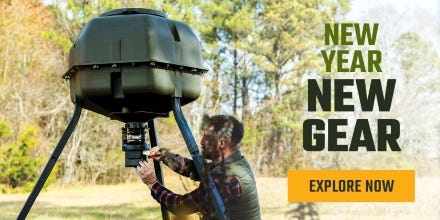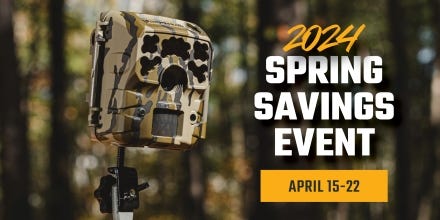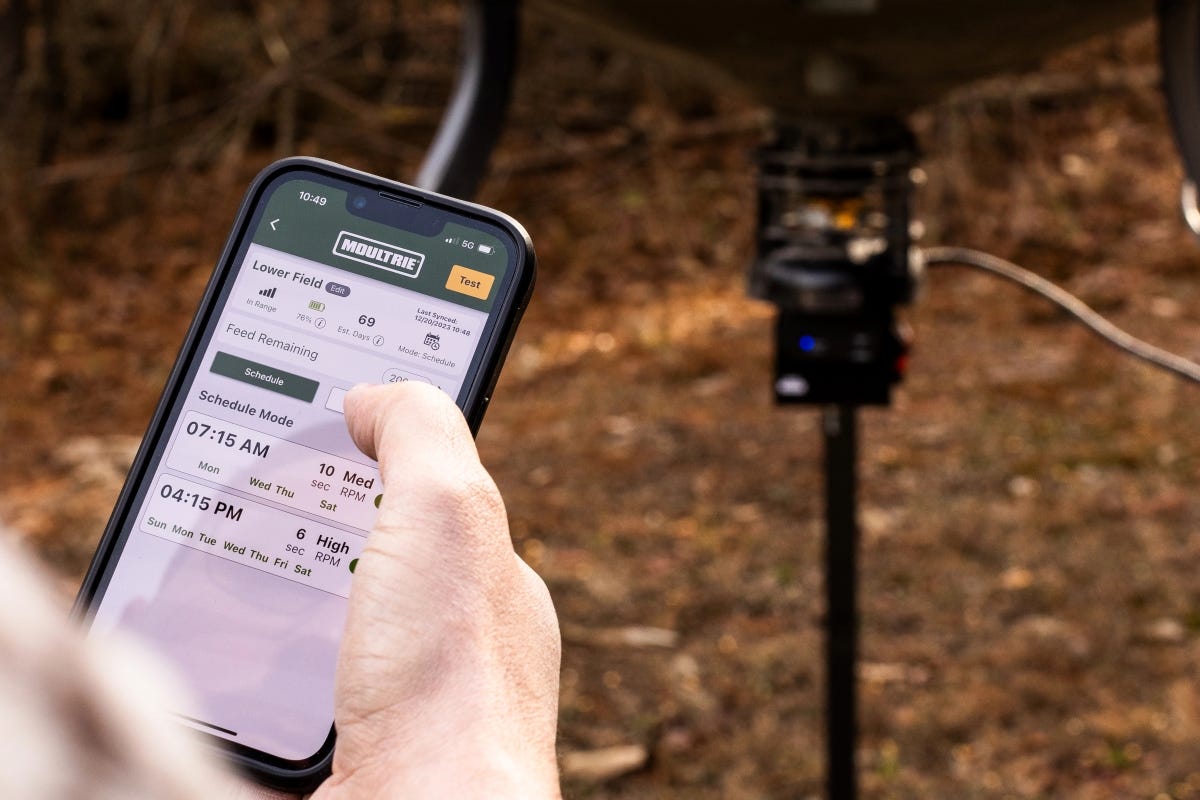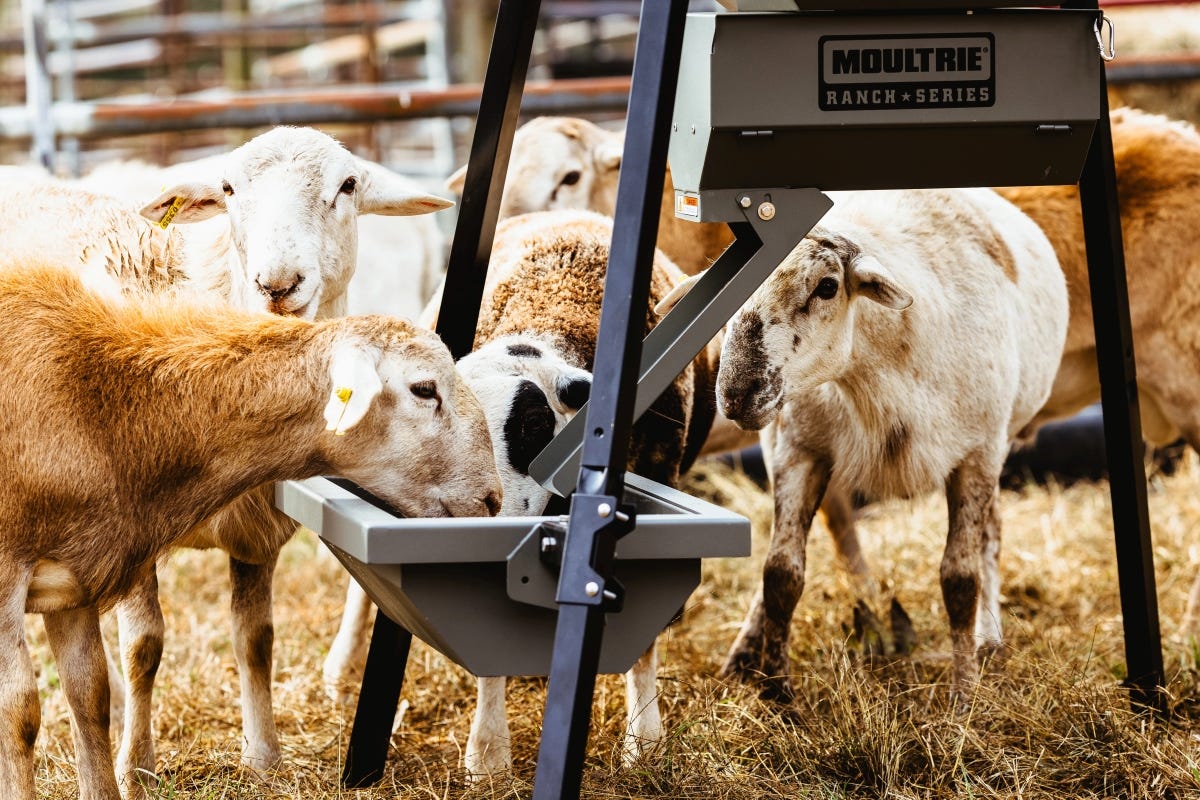- Apr 19, 2018
Tracking Gobblers with Cameras
That time of year is here again, time to be thinking about matching wits with a big longbeard. Many hunters think it's tough using cameras to track the progression of spring turkeys. That couldn't be farther from the truth.
Cameras are a great help in understanding which gobblers are henned-up and which are lonesome and looking.
Haphazardly hanging cameras won't work when trying to track spring turkeys. You need to have some knowledge of how they use your property.
EARLY SEASON
At the start of turkey season, hang cameras in open field corners near primary roosting areas, where it's easy for gobblers to strut for hens. This location allows you to know if they are still in the breakup mode or have progressed into gathering their harem.
Once the turkeys have begun breeding, you can set more cameras in their strut zones. This tactic allows you to keep tabs on timing so that you can get there before the birds arrive.
MID- SEASON
As the season progresses, moving cameras near known nesting habitats is a good way to capture gobblers who are hanging around waiting for hens in hopes of an afternoon or evening rendezvous. Of course, the makeup of the hen verses gobbler population can have a lot to do with this behavior.
Hunters often assume that birds that are paired-up have spent the day together, but this often isn't the case. Most of the time the hen has slipped away to lay an egg and will come back later to feed. The gobbler won't be far away.
Cameras near these areas will let you know when he is alone and looking for a hen, thus making it much easier for you to slip into a good setup and throw out some seductive calls.
LATE SEASON
Keeping your cameras close to known roosting and nesting areas will spell success. Gobblers will frequent the known nesting areas to see if a hen has left her nest and become available.
Roosting area cameras will tell you what direction a gobbler is taking to feed and where he's headed in his search for available hens.The information gained from these camera setups will help in narrowing down good locations to fill your tags this spring.






